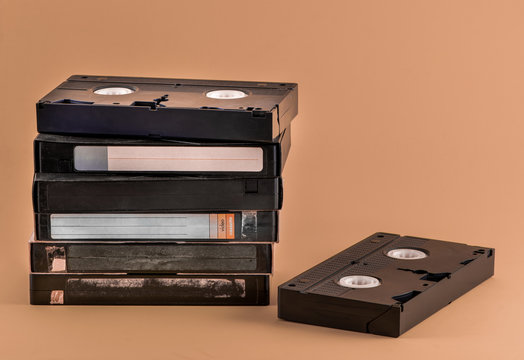VHS (Video Home System) tapes were a popular home video format introduced in the 1970s. The development of the VHS format began in the late 1960s by the Victor Company of Japan (JVC), and was later adopted by other companies such as Sony and Matsushita.
VHS tapes used a magnetic tape to record and play back video and audio. They were larger in size than their predecessor, Betamax tapes, and had a longer recording time of up to six hours. This longer recording time made them more appealing to consumers, and VHS tapes quickly became the dominant home video format.

The first movie to be released on VHS was THE YOUNG TEACHER, a South Korean drama. The Young Teacher, was the first film to be released for home VHS consumption.
In the 1980s, VHS tapes saw a surge in popularity as the market for home video exploded. They were used to record television shows and movies, and rental stores such as Blockbuster began offering VHS tapes for rent. The ability to watch movies at home without having to go to the theater revolutionized the movie industry.
In the 1990s, VHS tapes began to face competition from newer formats such as DVDs. DVDs offered higher quality video and audio, and had smaller physical size. Despite this competition, VHS tapes continued to be used throughout the 1990s and early 2000s.
However, as the 2000s progressed, VHS tapes became increasingly obsolete. Many movies and television shows were released only on DVD, and the rise of digital media made physical media such as VHS tapes less popular. Production of VHS tapes ceased in 2008, and the format was officially declared dead in 2016.
The world’s last VCR was made in June 2016 by Japan’s Funai Electric, the last company that produced these devices.
Today, VHS tapes are considered a relic of the past, but they played an important role in the development of home video and the way we consume media.





